
Choosing a title for this piece took me an embarrassingly long time, I’ll admit.
Then again, there are very few cars as cool as the BMW 2002 Turbo and I wanted to make sure the title reflected that. This was the first series production turbocharged car after all, so I think it deserves some recognition. Can you dig it?
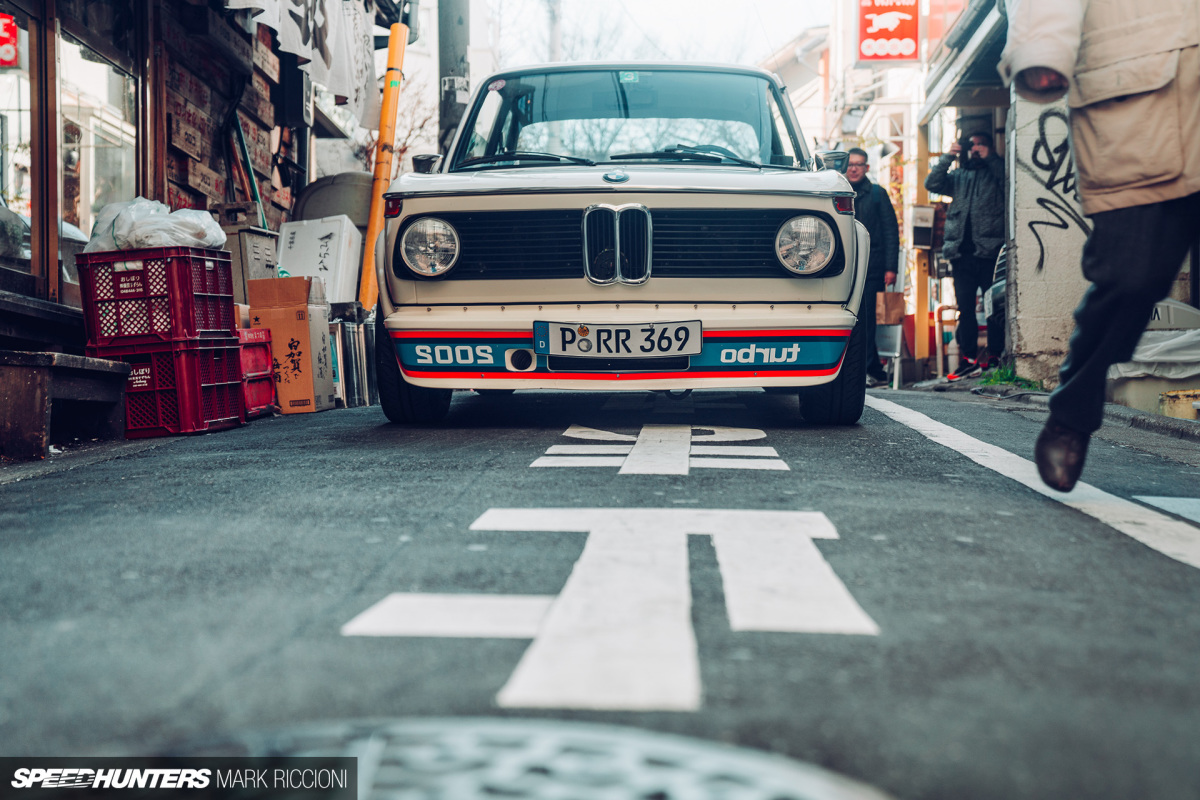
For all of its wild reputation, the 2002 Turbo comes from humble roots in the form of the BMW Neue Klasse (New Class). See, throughout the 1950s, BMW was relying on its ageing range of luxury V8 and inline six behemoths to get by. The 700 two-cylinder compact wasn’t lighting any fires (even if the 700 Sport was achingly cool), and the 507 was simply too expensive to sell well. BMW needed a new family of cars to save itself.

Enter the BMW 1500 in 1961. No longer looking like a Victorian sofa and with a sporty four-cylinder engine called the M10, a new era for BMWs had begun.
The 1800 and 1600 models followed, with the 2000tii being the new range topper, introduced in 1969. Powered by a Kugelfischer fuel-injected 2.0-litre version of the M10 putting out 130hp (up from the 80hp in the 1500) it may have been quick, but it was no sports car.

Demand for a more compact version of BMW’s New Class range was strong, and this led to the development of a smaller two-door saloon: the 1600-2.
The lighter, more nimble model became known as the 1602, and its sporting potential had not gone unnoticed. Even the M10’s designer and BMW’s own head of product planning had both fitted 2.0-litre M15 engines into their own personal cars, unbeknownst to one other.

They’d just so happened to have their cars in the main BMW workshop on the same day, and upon the realisation of what they’d both done, came up with a pitch for a 2.0-litre version of the 1602.
BMW have never really approved of employees modifying their cars without approval, so there was initial resistance to the idea of a larger displacement 2002. On the other hand, American importer Max Hoffman was desperate for a faster model to capitalise on the success of the 1602.
The Bavarians eventually relented and the 2002 was born, using the older 2.0-litre from the 2000CS coupe.
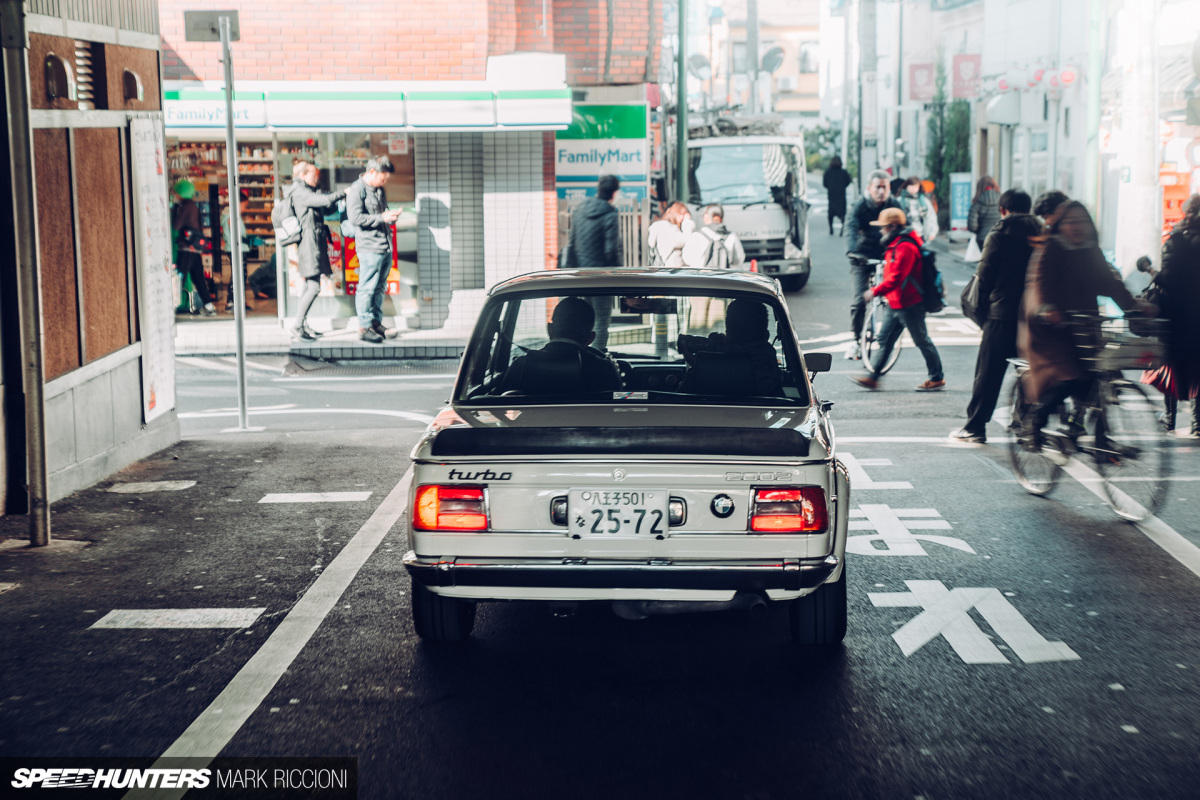

The little BMW had already developed a sporty reputation amongst the press for its drive, but the people by-and-large still saw it as a sensible saloon car. The Baader-Meinhof Gang (AKA the Red Army Faction) can be thanked for turning that around though.
Often stolen and used as getaway cars by the terrorist group, the frequent media coverage including police shootouts and 2002s used as battering rams changed their reputation from that of a staid little car to a cool little outlaw machine.

The 1970s brought Germany heavy moustaches, full Adidas tracksuits, and the stunning Paul Bracq BMW Turbo concept. Shown at the 1972 Olympics in Munich, it was an indication of what was to come from BMW.
The mad Bavarians had decided to take the 2002 further, and a surefire way to more power was using turbocharging as they’d learned on their M121 touring car race engine.

The recipe for more power was simple enough: Take a 2.0-litre M10, drop the compression ratio, add oil cooling, and bolt on a KKK turbocharger and you’re good for 170hp in 1973.
A limited slip differential and wider tyres were fitted to help get the extra power down to the road, which necessitated the bolt-on wide arches to contain the extra rubber. Big brakes were also installed to help bring the little ripper to a stop.
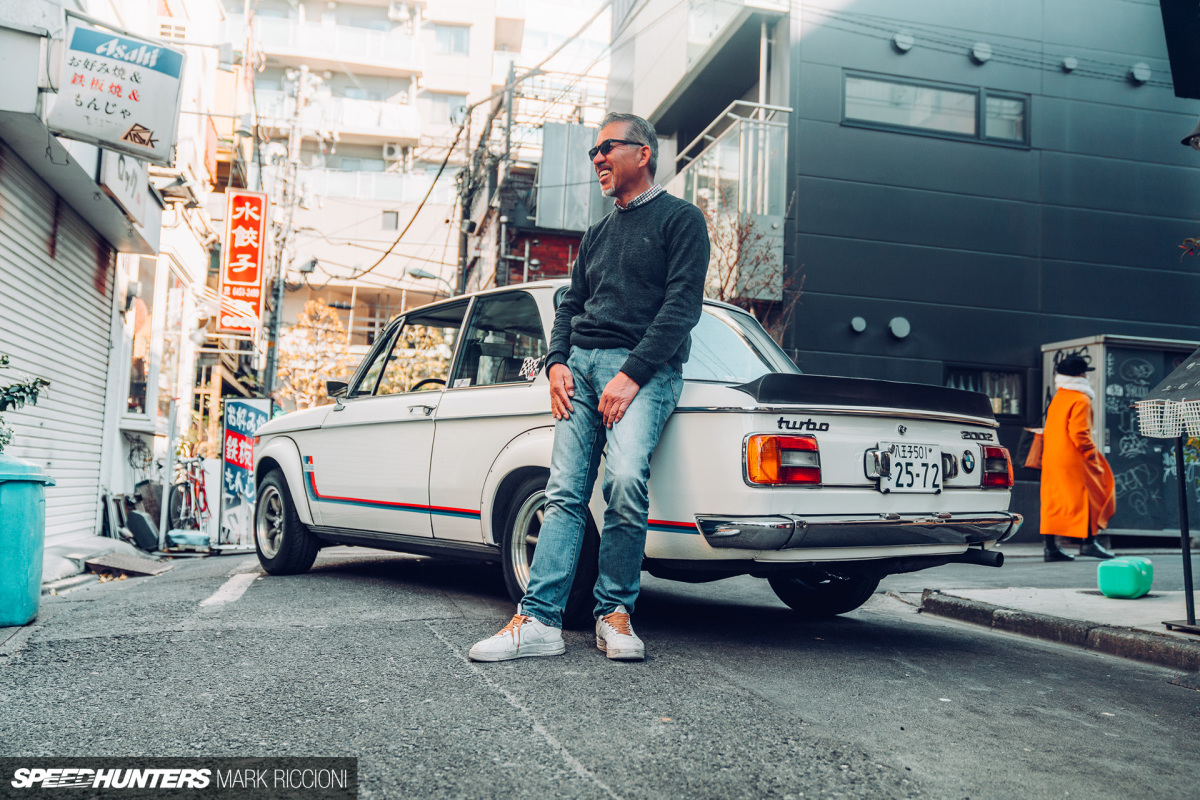

Inside the car, a pair of buckets seats and a three-spoke sports steering wheel give the cabin a purposeful feel, whilst the boost pressure gauge reminds the driver that they’re not in a run-of-the mill 2002. That being said, the boost gauge swinging was probably the last thing most owners saw as their 02 swapped ends and hurtled them off the road.
Just in case you missed the wide arches, the Turbo was adorned with red, blue and purple stripes along the deep air dam and along its flanks to signify its intent. The original press cars had ‘2002’ and ‘Turbo’ written on the air dam too. Backwards, of course, so that people in the car ahead could look in their mirrors and know that they should get out of the way.

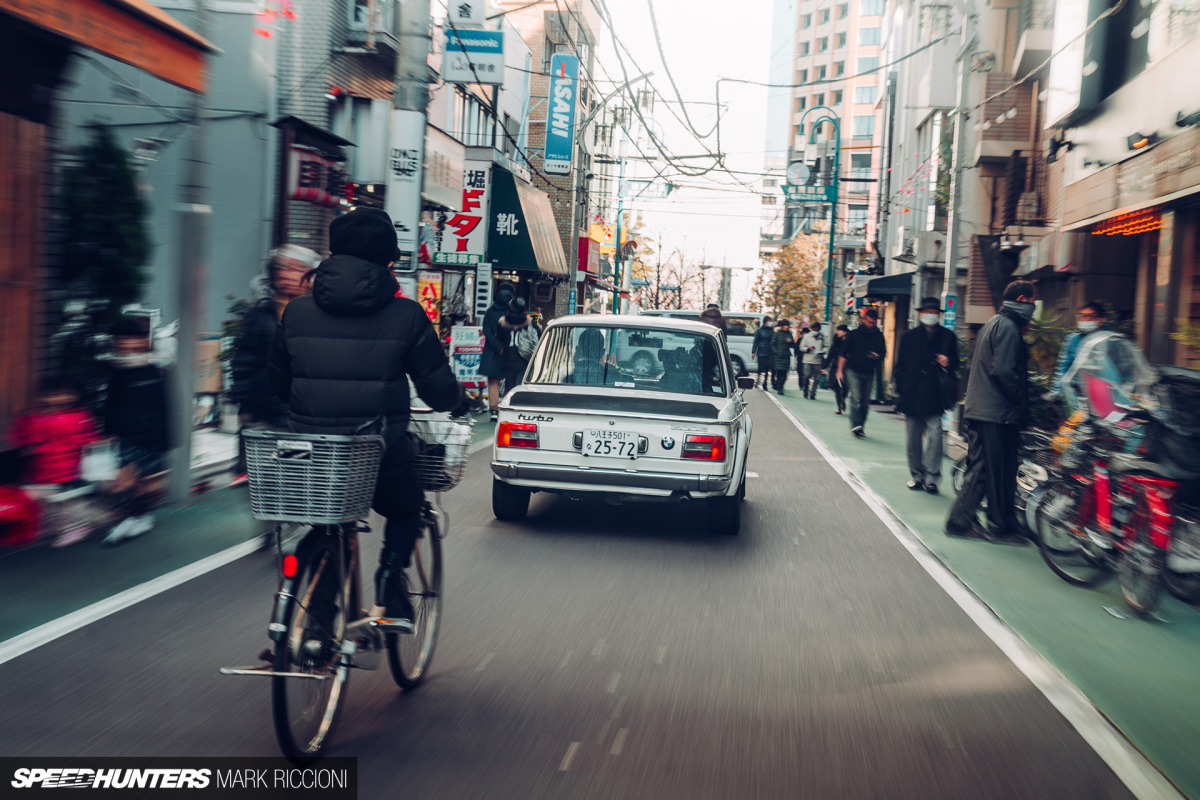
The automotive press went mad about the graphics, and were so disapproving of the shouty appearance that BMW decided to remove the model markings from the front end. Every Turbo you see with them has had them added on by the owners, but can you blame them?
That’s exactly why Toshio Shizu owns and loves his example though. After going for a ride in one as a kid, he simply couldn’t get over the madness of it. The graphics, the arches, and most of all the acceleration.
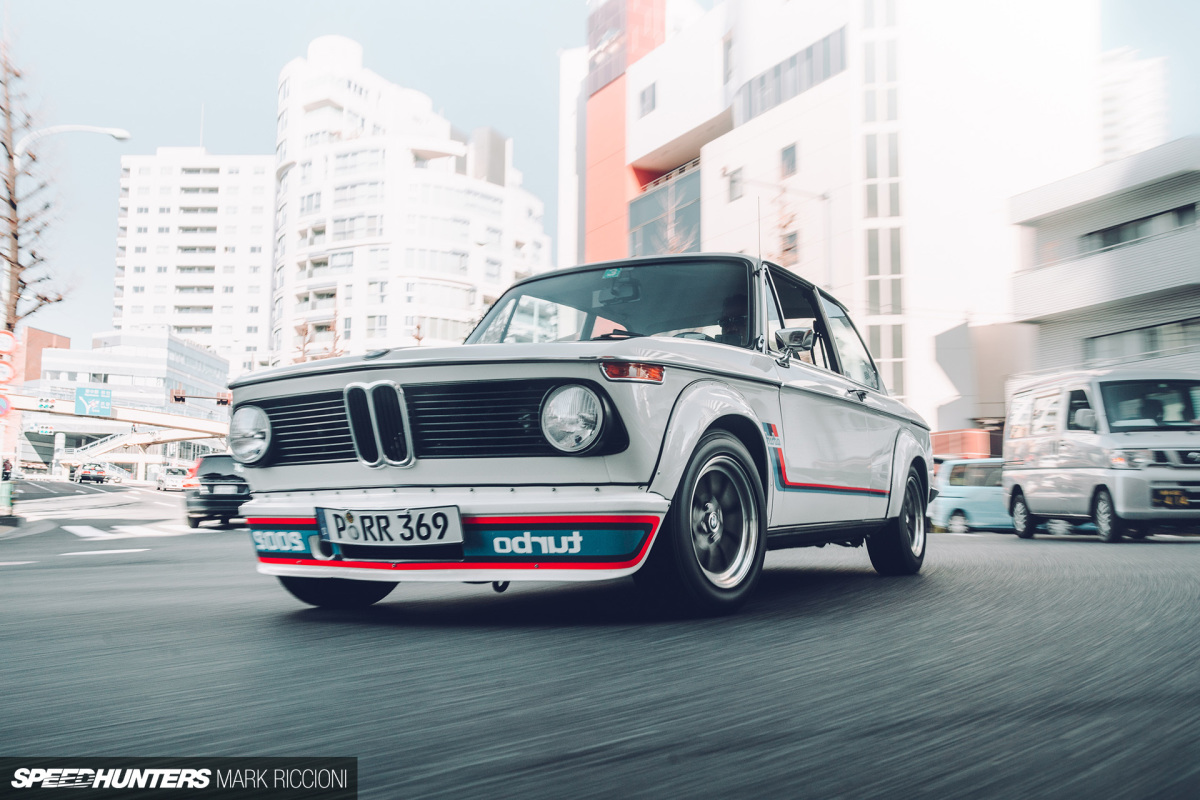
With the advent of the turbo sports saloon came turbo lag, and you had to wait until 4,000rpm in the 2002 until it even hit anywhere near boost. When it did though, you could really feel it. Zero to 60mph in seven seconds was rapid in 1973, and is quick even today.
The boost was described as a punch in the kidneys by most journalists at the time, and Shizu-san was so enthralled by it that he made it his life’s calling to own a Turbo and fulfil his childhood fantasy. Twelve years ago when the opportunity therefore arose to own one, he jumped at it.
Save for the RS Watanabe wheels and the swapped steering wheel, Shizu-san’s ’02 remains as it came from factory, with all the work including an engine rebuild done by himself. Why would he do anything else? His inner-kid has realised his dream, and he’s absolutely loving it.
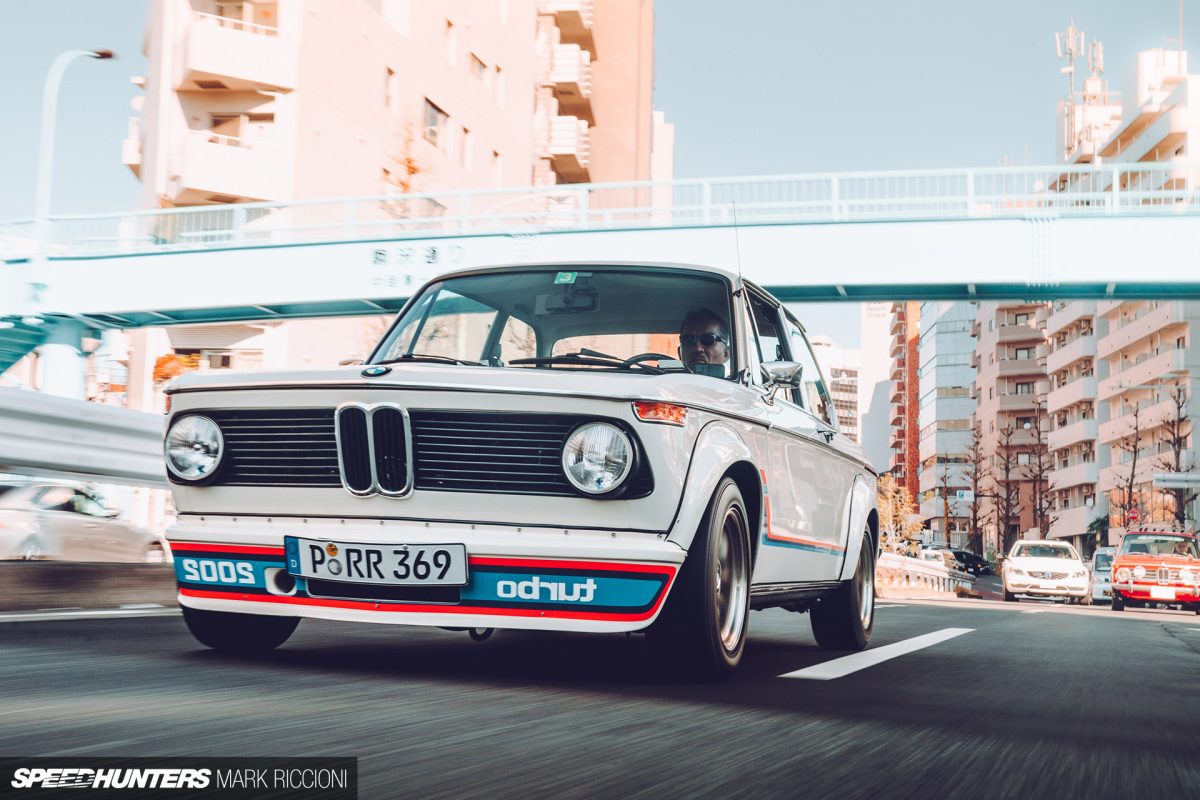
This may not be an in-depth story on a mega track car or a life-long stance build, but I think doing that would be a shame in this case. It’s not a car you buy to shape and mould to your attitude. An 2002 Turbo is a car you buy because of its attitude.
This car is BMW sticking it to the man, and it’s cooler than you are.
Mario Christou
Instagram: mcwpn
Photos by Mark Riccioni
Instagram: mark_scenemedia
Twitter: markriccioni
mark@scene-media.com

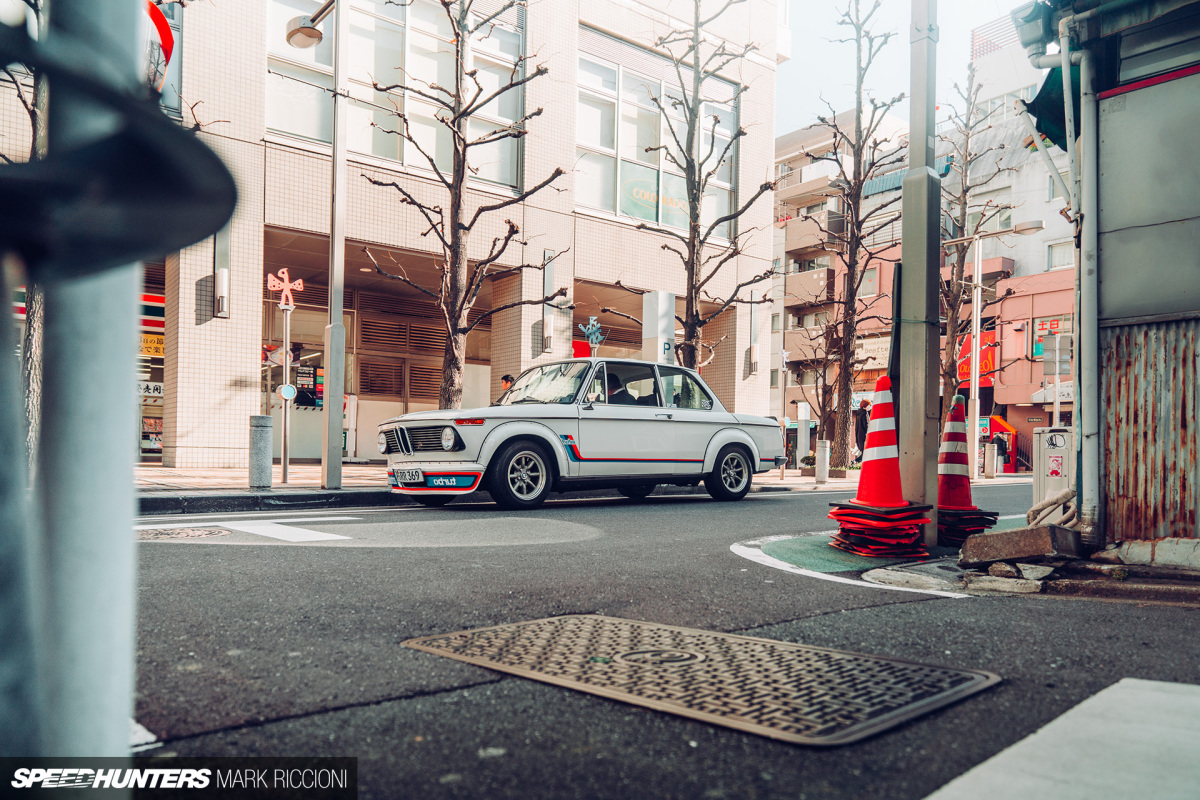
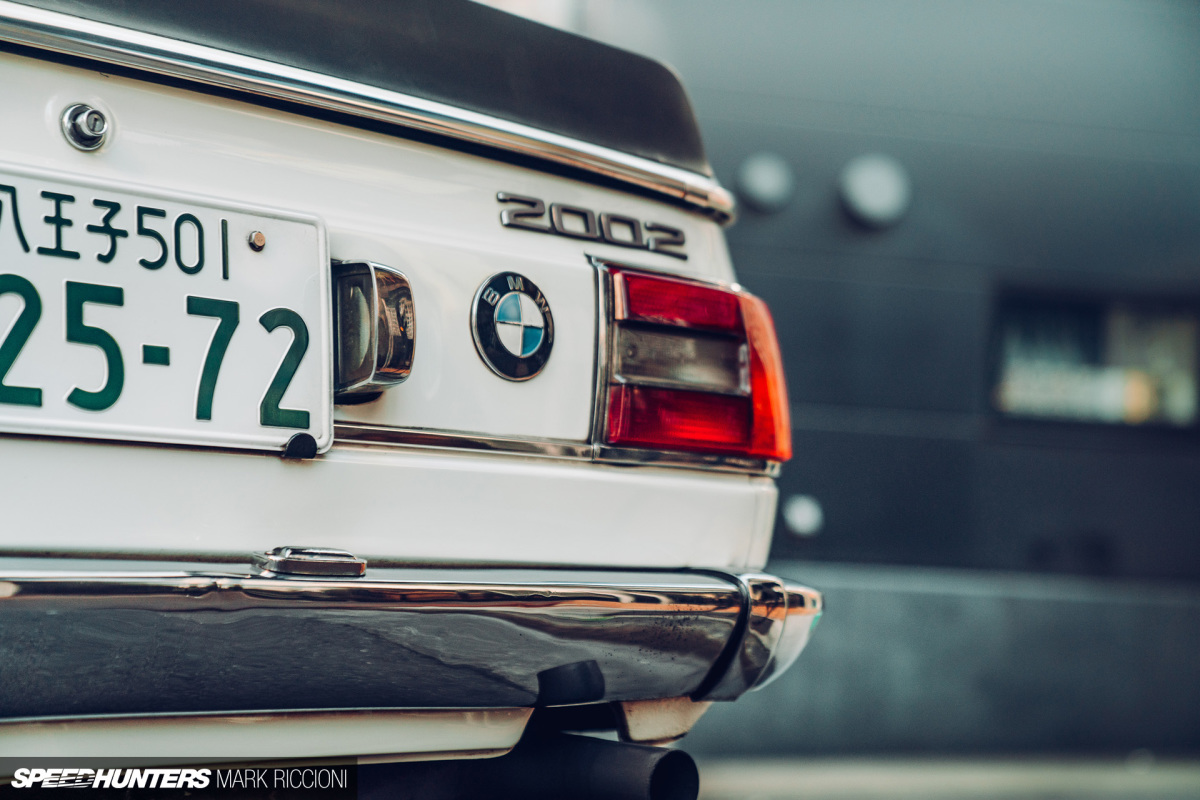
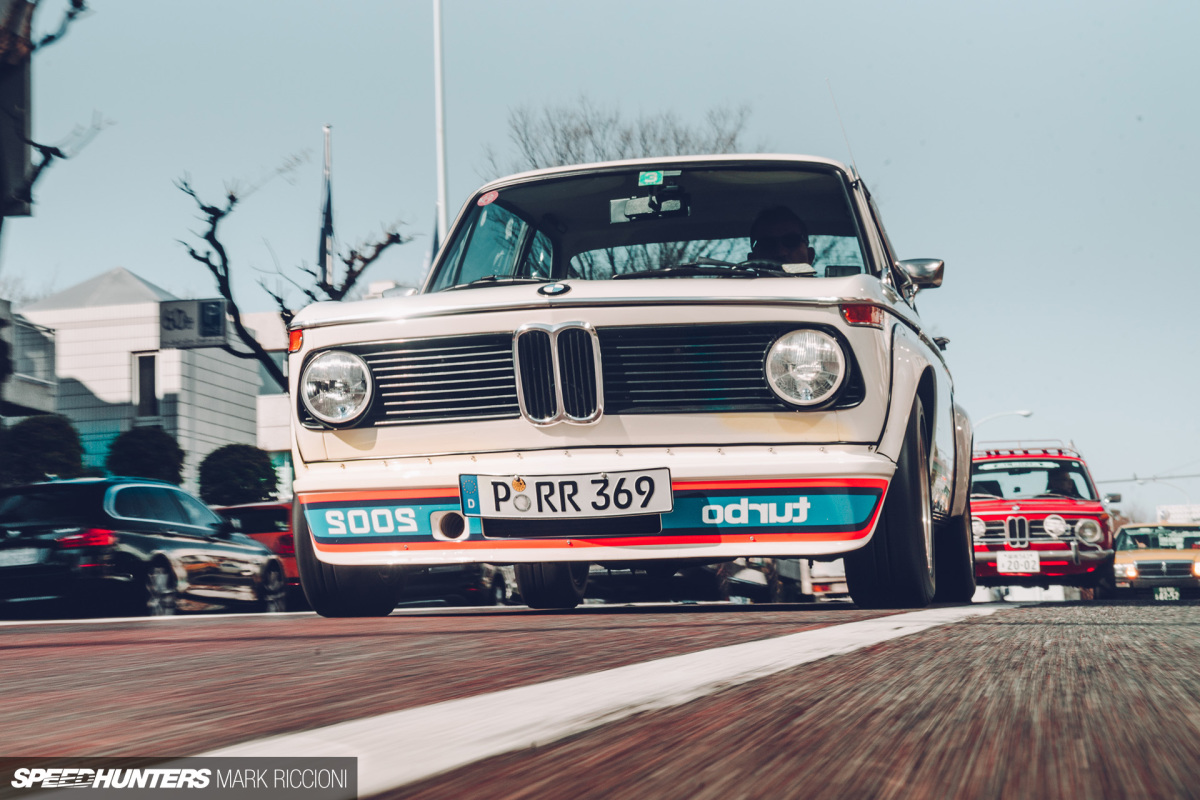
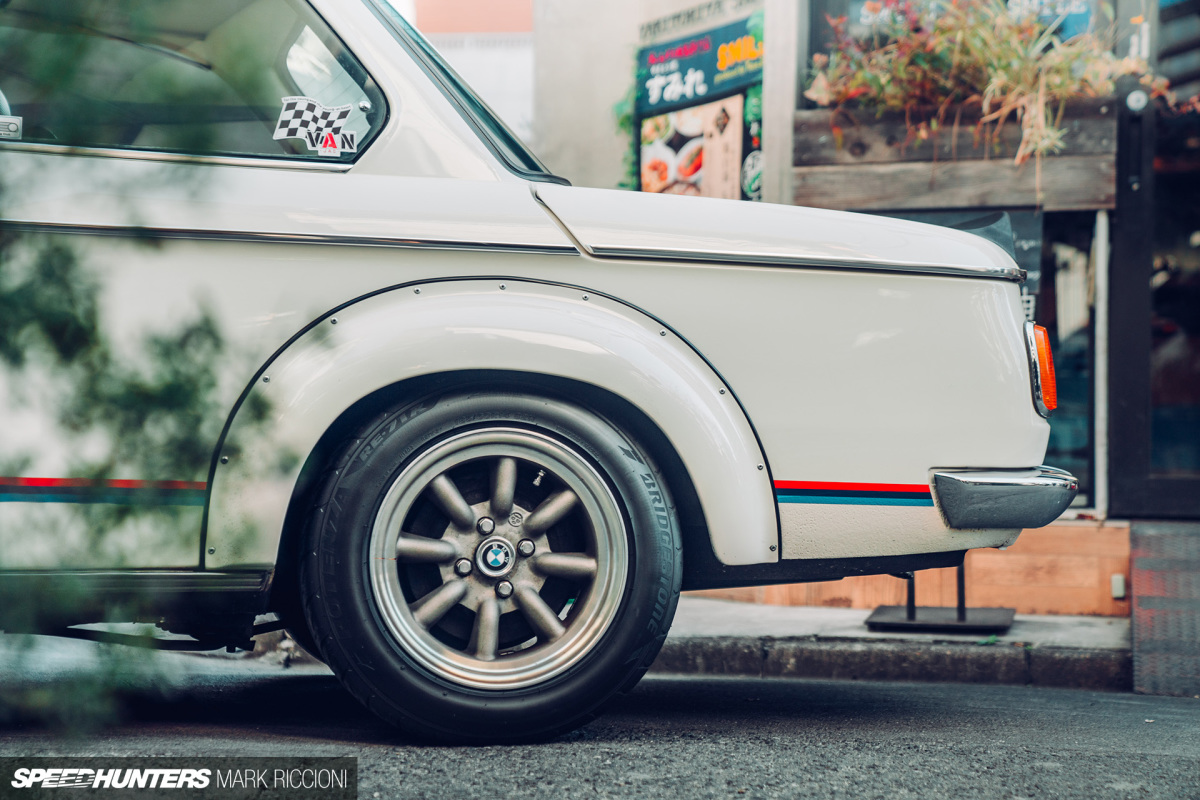
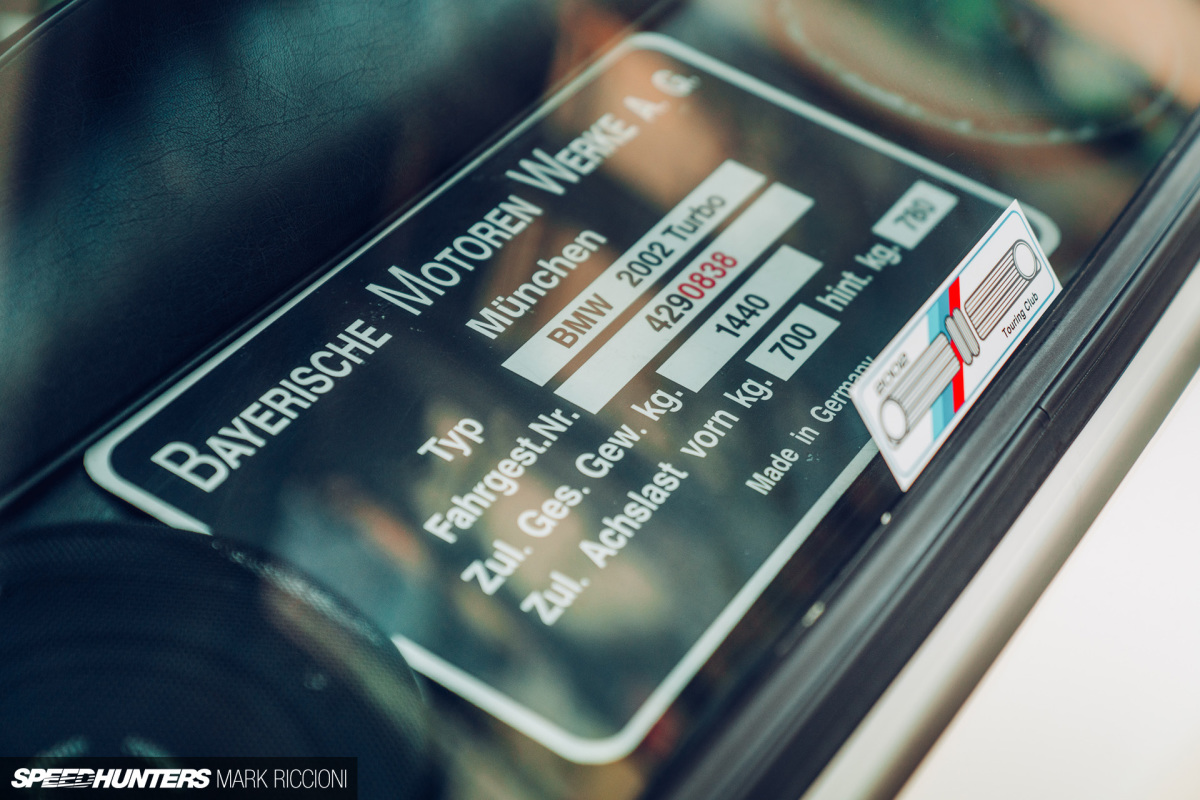
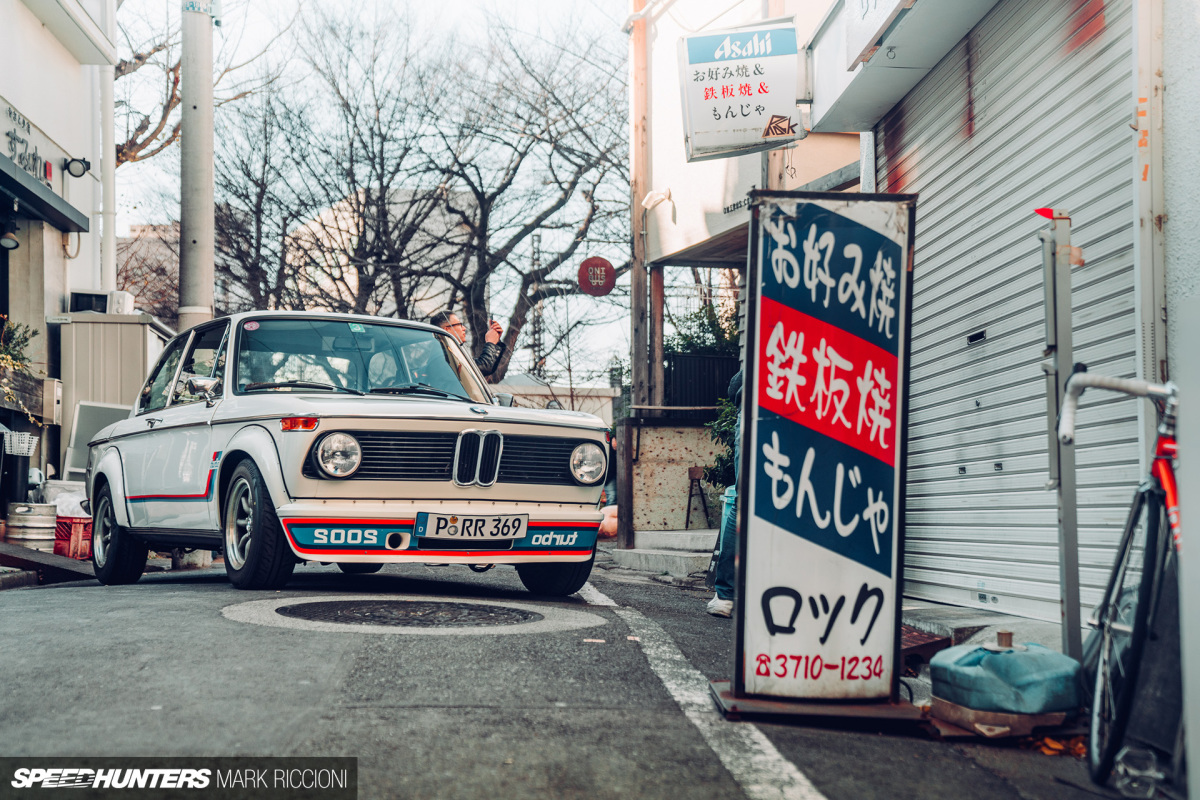
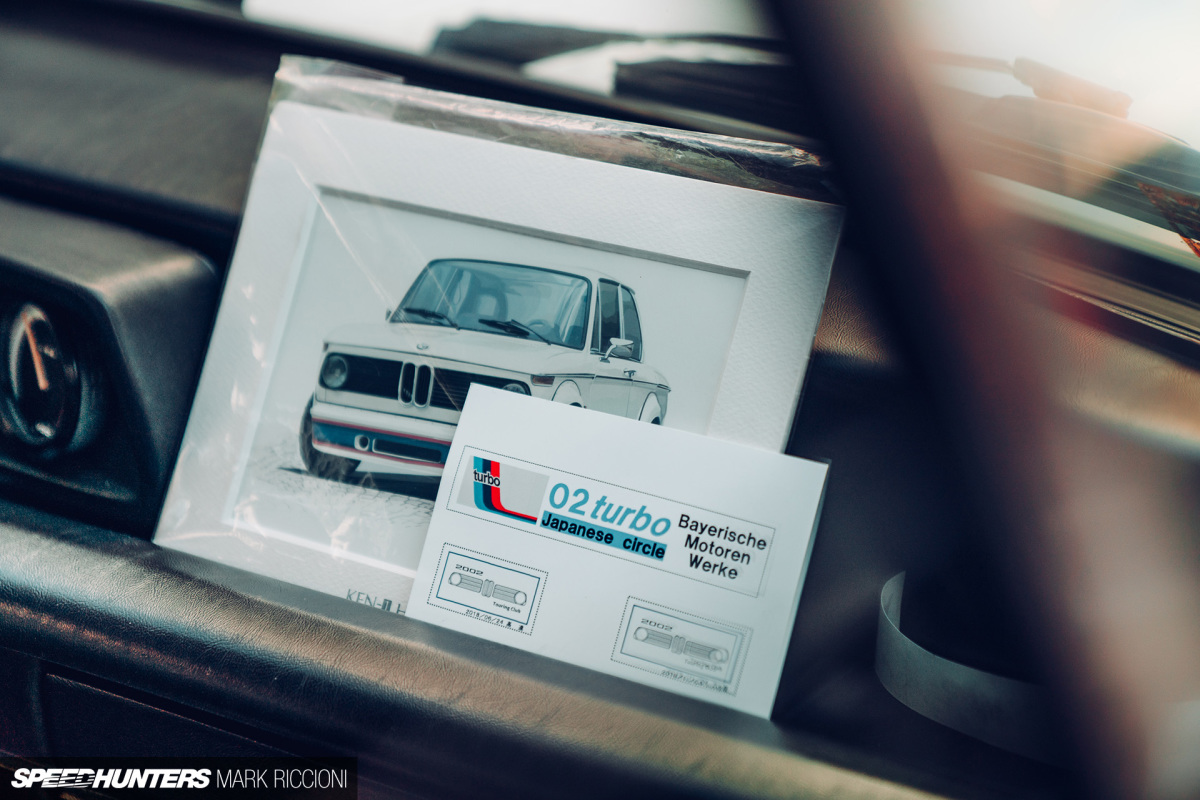
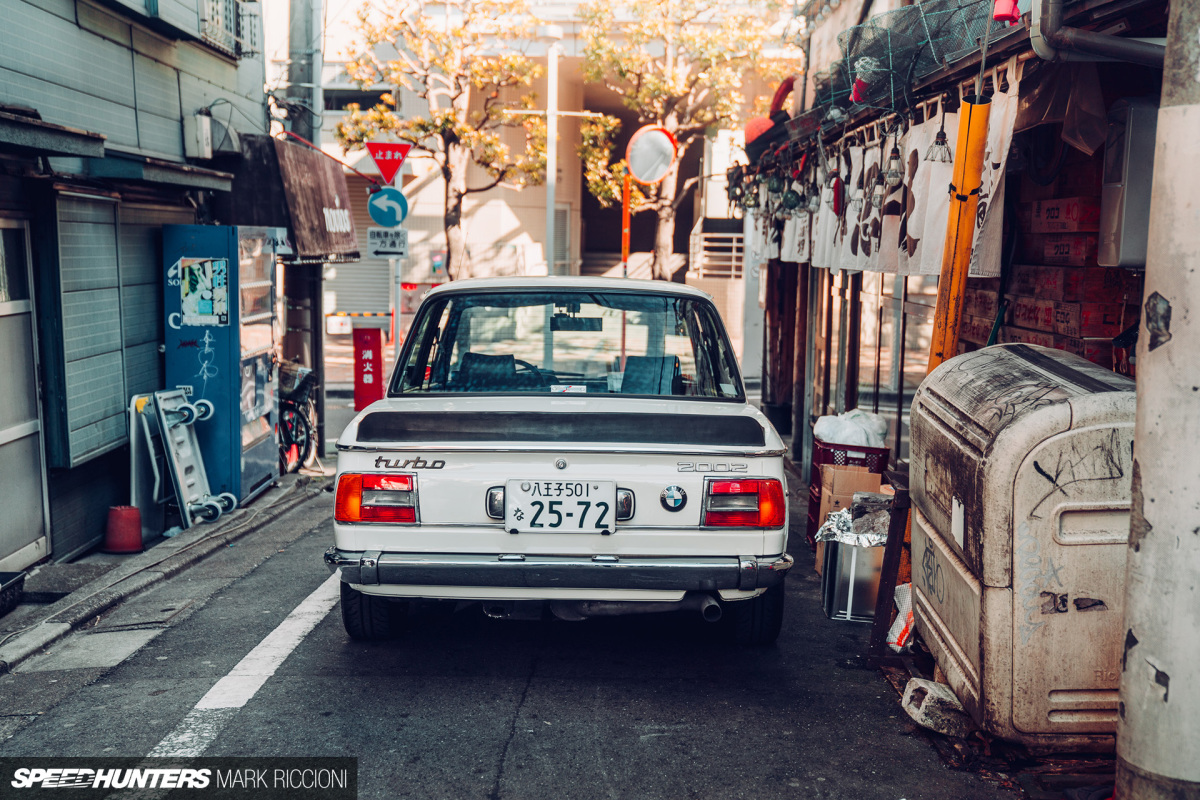
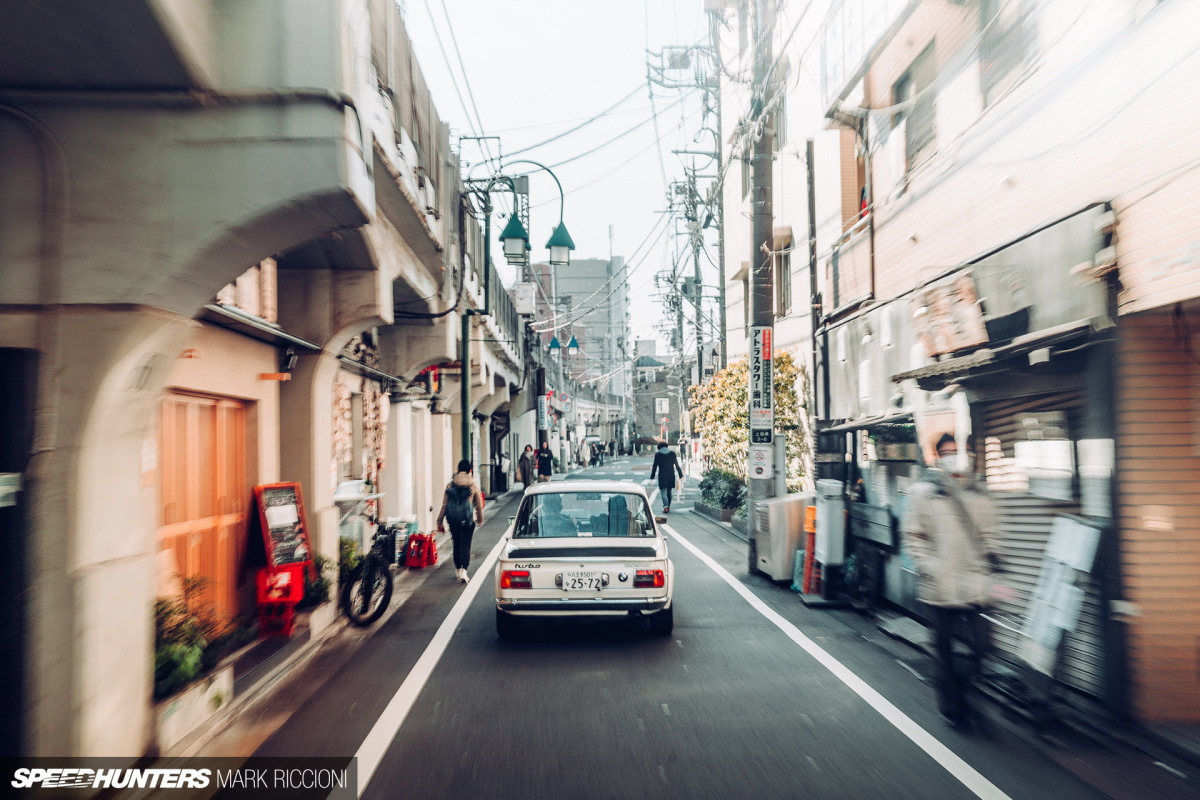
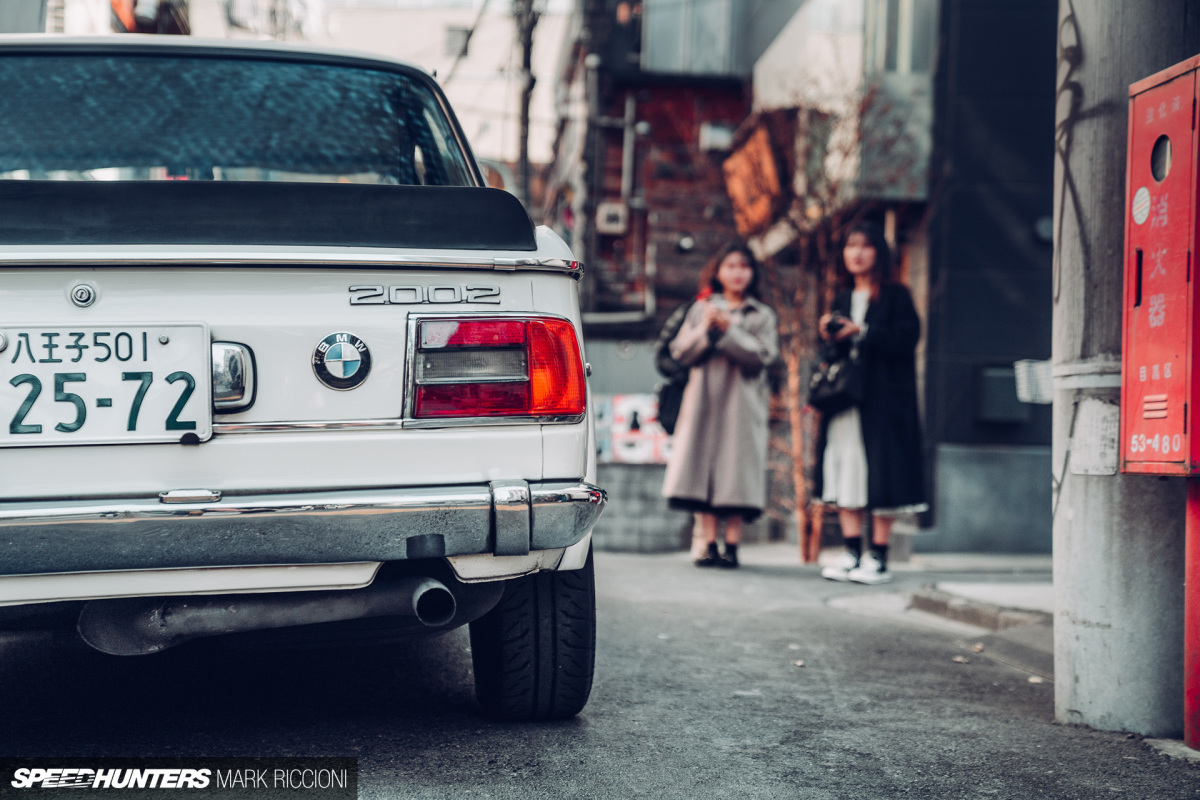





Not the first turbocharged production car though. That was the Chevrolet Corvair.
And Oldsmobile F85 Jetfire. Both came in 1962
Thanks for reading Dennis! Whilst it’s true the GM Jetfire Engine was produced in 1962, it was offered as an optional extra for the Olds and the Corvair as opposed to being a standalone turbo model.
Add to that, they were plagued with issues and they never really caught on with the American public, I’d struggle to argue that they can count as successful turbocharged production cars.
It’s always great to see knowledge in the comments though!
Great article with awesome pictures. Love the temperature of them!
The turbo lag you speak of is actually the boost threshold.
I have an Autoart 1/18 silver 2002 Turbo in my colection, my first hi-end modelcar. The 1:1 2002 Turbo will always be one of my favourite BMW. Love how the RS Watanabe wheels fit on the car, simply stunning!
I don't know what it is about the 2002 but I just love that car and I would love to have one as a car to work on
Definitely one of the cars that gives BMW the title of the Ultimate Driving Machine
Beeeeeeeautiful photos!
This article put me on a trip. Before I got to the end, I watched a Petrolicious video of a 507 and after that, a documentary where Richard Huffman explained the Baader-Meinhof gang's connection with BMW in detail. While reading the last paragraphs, I was listening to The Cars' debut album that I picked up from Huffman's documentary, that used the song 'Moving in Stereo' by The Cars. That's one good article, I'd say!
Thanks for the lovely words Mikko, I’m glad they’ve helped you broaden your knowledge!
No pics of the engine bay?
Love these cars!
Super cool article... any 2002 content is awesome content.
Quick note, the initial "range topper" was the 2002ti (note the single "i"). It was powered by twin sidedraft carbs and was a real hotrod.
However, the lovable sidedrafts were not going to meeting new US SMOG requirements. This prompted the switch to mechanical fuel-injected "tii"In late 1971 (model year 1972). Through a lot of marketing BMW was able to smooth over the need to switch from the much-cooler sidedrafts to the injection setup.